Home>Technology>Home Entertainment Systems>How Many Watts Does A Home Theater System Use
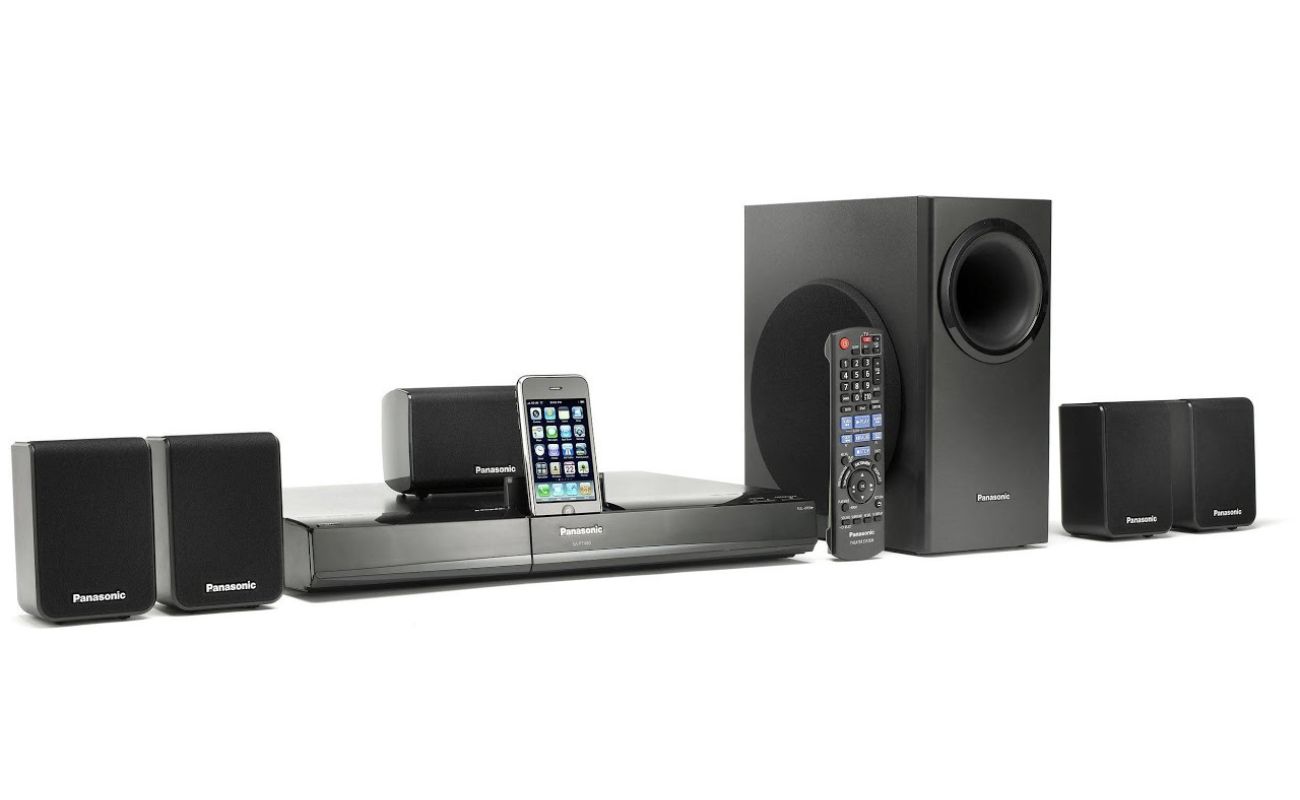

Home Entertainment Systems
How Many Watts Does A Home Theater System Use
Modified: February 17, 2024
Discover the energy consumption of home entertainment systems. Learn how many watts a home theater system uses and how to optimize energy usage for cost savings. Explore power usage tips for your home entertainment setup.
(Many of the links in this article redirect to a specific reviewed product. Your purchase of these products through affiliate links helps to generate commission for Storables.com, at no extra cost. Learn more)
Introduction
A home theater system is a gateway to immersive entertainment, bringing the cinematic experience into the comfort of your living room. From the vibrant visuals of high-definition displays to the enveloping sound of multi-channel audio, a well-designed home entertainment setup can transport you to another world. However, the enjoyment of such a system comes with the consideration of power consumption. Understanding the power requirements of a home theater system is crucial for optimizing performance while managing energy usage.
In this comprehensive guide, we will delve into the intricacies of power consumption in home theater systems. From understanding the fundamental principles of power usage to exploring the factors that influence energy consumption, we will equip you with the knowledge to make informed decisions about your home entertainment setup. Additionally, we will provide practical tips for reducing power consumption without compromising the quality of your viewing and listening experience.
As we embark on this exploration, it's important to recognize that the quest for an energy-efficient home theater system is not merely about minimizing electricity bills. It's about embracing sustainable practices and minimizing our environmental footprint. By making conscious choices about power consumption, we can enjoy our home entertainment systems while contributing to a greener, more energy-efficient future.
Join us as we unravel the mysteries of power usage in home theater systems, empowering you to make informed decisions and optimize the performance of your entertainment setup. Let's embark on this enlightening journey into the realm of power consumption in home theater systems.
Key Takeaways:
- Home theater systems consume varying amounts of power, influenced by factors like display size, audio system complexity, and standby power usage. Understanding these factors helps optimize energy usage for immersive entertainment.
- Practical tips, such as optimizing display settings, utilizing smart power management, and embracing energy-efficient models, can actively reduce power consumption without compromising the quality of the home theater experience.
Read more: How Many Watts Does An HVAC Use
Understanding Power Consumption
Power consumption is a fundamental aspect of any electrical appliance, and home theater systems are no exception. Understanding how power is utilized within a home theater setup is essential for optimizing performance and managing energy usage effectively.
In the context of a home theater system, power consumption refers to the amount of electrical energy required to operate the various components, including the television or projector, audio equipment, media players, and other peripherals. This energy is utilized to produce the captivating visuals and immersive sound that define the home entertainment experience.
The measurement of power consumption is typically expressed in watts, representing the rate at which electrical energy is used. It's important to note that power consumption can vary significantly based on the specific components and their usage patterns. For example, a high-definition television with a larger screen size may consume more power than a smaller, standard-definition display. Similarly, amplifiers and subwoofers within the audio system contribute to the overall power requirements.
In addition to the active power consumption during operation, it's crucial to consider standby power usage. Many home theater devices consume a certain amount of power even when in standby or idle mode. This standby power, often referred to as "phantom power," can contribute to overall energy consumption, especially in setups with multiple interconnected devices.
Understanding power consumption also involves recognizing the distinction between peak power and average power usage. Peak power refers to the maximum amount of power that a device or system can draw under heavy load or during transient operations. On the other hand, average power usage provides a more realistic representation of the energy consumption over time, considering varying usage patterns and content types.
By gaining a comprehensive understanding of power consumption in the context of home theater systems, enthusiasts and homeowners can make informed decisions regarding the selection, configuration, and usage of their entertainment setups. This knowledge forms the foundation for optimizing performance, managing energy costs, and embracing sustainable practices within the realm of home entertainment.
In the subsequent sections, we will explore the factors that influence power consumption in home theater systems and delve into practical methods for calculating and reducing energy usage. This journey will empower you to make conscious choices that align with your preferences for immersive entertainment while promoting energy efficiency and environmental sustainability.
Factors Affecting Power Consumption
Several factors contribute to the power consumption of a home theater system, influencing the overall energy usage and operational efficiency. Understanding these factors is essential for optimizing power consumption and making informed decisions about the configuration and usage of the entertainment setup.
-
Component Specifications: The specifications of individual components play a significant role in determining power consumption. High-definition televisions with larger screen sizes generally require more power to operate compared to smaller, standard-definition displays. Similarly, audio amplifiers, subwoofers, and other audio equipment have varying power requirements based on their design, output capabilities, and efficiency.
-
Display Technology: The type of display technology utilized in televisions and projectors directly impacts power consumption. For instance, LED and OLED displays are known for their energy efficiency compared to traditional plasma displays. Additionally, the brightness settings and display modes can influence the power requirements of the visual components within the home theater system.
-
Audio System Configuration: The complexity and configuration of the audio system, including the number of speakers, subwoofers, and amplifiers, contribute to power consumption. High-powered audio setups with multiple speakers and subwoofers may consume more energy, especially during high-volume playback or intense bass reproduction.
-
Standby Power Usage: Many home theater devices consume standby power even when not in active use. This standby power, often referred to as phantom power, can contribute significantly to overall energy consumption, especially in setups with interconnected devices. Managing standby power usage through efficient power management features and smart power strips can help reduce unnecessary energy consumption.
-
Content and Usage Patterns: The type of content being viewed or listened to, as well as the usage patterns, can influence power consumption. For example, streaming high-definition video content may require more power compared to standard-definition content. Similarly, intense gaming sessions or high-volume audio playback can lead to increased power usage.
-
Efficiency and Calibration: The efficiency of components, including televisions, audio equipment, and media players, can impact power consumption. Proper calibration and optimization of settings, such as brightness, contrast, and audio levels, can contribute to energy savings without compromising the viewing and listening experience.
By considering these factors, enthusiasts and homeowners can gain insights into the dynamics of power consumption within their home theater systems. This understanding forms the basis for making conscious choices to optimize energy usage, reduce operational costs, and embrace sustainable practices within the realm of home entertainment.
To estimate the power usage of a home theater system, add up the wattage of each component (TV, speakers, receiver, etc.) and consider how often you use them. Use a power meter to get an accurate measurement.
Calculating Power Usage
Calculating the power usage of a home theater system involves a systematic approach to understanding the energy requirements of individual components and estimating the overall energy consumption. By gaining insights into the power usage, enthusiasts and homeowners can make informed decisions about energy management and operational efficiency within their entertainment setups.
To begin the calculation process, it's essential to gather the power specifications of each component within the home theater system. This includes the power ratings of the television or projector, audio amplifiers, speakers, subwoofers, media players, and any other interconnected devices. These power ratings are typically expressed in watts and can be found in the product documentation or specifications provided by the manufacturers.
Once the power ratings are obtained, the next step involves estimating the average usage time for each component. This can vary based on individual usage patterns and preferences. For example, the television may be used for a certain number of hours each day, while the audio system may have varying usage durations based on entertainment activities.
After determining the average usage time for each component, the total power consumption can be calculated by multiplying the power rating of each device by the average usage time and summing up the individual energy requirements. This provides an estimate of the total energy usage in watt-hours (Wh) or kilowatt-hours (kWh) over a specific period, such as a day, week, or month.
It's important to consider standby power consumption during the calculation process. While some devices may consume minimal power in standby mode, others may have significant phantom power usage. Factoring in the standby power consumption provides a more comprehensive understanding of the overall energy requirements of the home theater system.
Additionally, it's beneficial to explore the energy-saving features and power management options offered by the components. For instance, televisions and audio equipment may have eco-friendly modes, automatic power-off settings, or energy-efficient operation modes that can contribute to reducing power usage without compromising the entertainment experience.
By engaging in the process of calculating power usage, enthusiasts and homeowners can gain valuable insights into the energy dynamics of their home theater systems. This knowledge forms the foundation for making conscious choices about energy management, optimizing power consumption, and embracing sustainable practices within the realm of home entertainment.
Tips for Reducing Power Consumption
-
Optimize Display Settings: Adjust the brightness, contrast, and energy-saving features of your television or projector to strike a balance between visual quality and energy efficiency. Lowering the brightness during daytime viewing can lead to significant energy savings without compromising the viewing experience.
-
Smart Power Management: Utilize smart power strips or surge protectors with built-in energy-saving features to minimize standby power consumption. These devices can automatically cut off power to connected components when not in use, reducing phantom power usage and overall energy waste.
-
Scheduled Power Off: Take advantage of the power-off timers and scheduling features available in modern televisions and audio equipment. By setting automatic power-off times, you can ensure that the components are not left in standby mode unnecessarily, leading to noticeable reductions in energy consumption.
-
Energy-Efficient Lighting: Consider using energy-efficient lighting solutions in the vicinity of your home theater setup. LED or CFL bulbs not only contribute to a more sustainable environment but also help in reducing the overall energy footprint of the entertainment area.
-
Optimal Speaker Placement: Proper placement of speakers and subwoofers can enhance audio performance while potentially reducing the need for higher volume levels. By strategically positioning the audio components, you can achieve immersive sound without excessive power demands.
-
Regular Maintenance: Keep your home theater components clean and well-maintained to ensure optimal performance and energy efficiency. Dust accumulation and improper ventilation can lead to increased power consumption, so regular maintenance is essential for sustainable operation.
-
Upgrade to Energy-Efficient Models: When considering new additions or replacements for home theater components, prioritize energy-efficient models. Look for ENERGY STAR certified televisions, audio equipment, and media players, as they are designed to meet stringent energy efficiency standards.
-
Utilize Eco-Friendly Modes: Explore the eco-friendly or energy-saving modes offered by your television, audio receiver, and other devices. These modes are designed to reduce power consumption without sacrificing the quality of the entertainment experience, making them valuable tools for energy-conscious users.
-
Intelligent Cooling Solutions: Proper ventilation and cooling for home theater components can contribute to energy efficiency. Ensure that the equipment is placed in well-ventilated areas to prevent overheating, which can lead to increased power usage and potential performance issues.
-
Education and Awareness: Foster a culture of energy consciousness within your household by educating family members about the importance of energy efficiency in home entertainment. Encourage mindful usage habits and emphasize the collective impact of reducing power consumption on both environmental sustainability and cost savings.
By implementing these practical tips, enthusiasts and homeowners can actively reduce the power consumption of their home theater systems while maintaining an exceptional entertainment experience. These strategies not only contribute to lower energy bills but also align with sustainable practices, promoting a greener and more efficient approach to home entertainment.
Read more: How Many Watts Does An Air Conditioner Use
Conclusion
In conclusion, the realm of home theater systems encompasses a captivating fusion of technology, entertainment, and energy dynamics. As enthusiasts and homeowners immerse themselves in the world of high-definition visuals and immersive audio, the considerations of power consumption and energy efficiency become integral aspects of the overall experience. By delving into the intricacies of power usage within home theater setups, individuals can make informed decisions that optimize performance, manage energy costs, and contribute to a sustainable future.
The journey into understanding power consumption in home theater systems has unveiled a tapestry of factors that influence energy usage. From the specifications of individual components to the nuances of display technology and audio system configurations, the dynamics of power consumption are multifaceted. By recognizing these factors, enthusiasts and homeowners can navigate the landscape of energy efficiency, making conscious choices that align with their preferences for immersive entertainment.
Furthermore, the process of calculating power usage provides valuable insights into the energy requirements of home theater systems. By estimating the total energy consumption and factoring in standby power usage, individuals can gain a comprehensive understanding of the power dynamics within their entertainment setups. This knowledge forms the foundation for making informed decisions about energy management, optimizing power consumption, and embracing sustainable practices.
The journey concludes with a collection of practical tips for reducing power consumption without compromising the quality of the entertainment experience. From optimizing display settings and utilizing smart power management solutions to embracing energy-efficient lighting and speaker placement strategies, these tips empower enthusiasts and homeowners to actively minimize energy usage while enjoying their home theater systems to the fullest.
As we reflect on this enlightening exploration of power consumption in home theater systems, it becomes evident that the quest for energy efficiency is not merely about minimizing electricity bills. It's about embracing a holistic approach to sustainable living, where conscious choices about power consumption contribute to a greener, more efficient future. By integrating the insights and practical tips presented in this guide, individuals can embark on a journey of energy-conscious entertainment, where the thrill of immersive visuals and captivating sound is harmoniously balanced with environmental responsibility.
In essence, the pursuit of an energy-efficient home theater system is a testament to the harmonious coexistence of technological innovation and sustainable living. By leveraging knowledge, practical strategies, and a collective commitment to energy consciousness, enthusiasts and homeowners can elevate their entertainment experiences while contributing to a more sustainable and energy-efficient world.
Frequently Asked Questions about How Many Watts Does A Home Theater System Use
Was this page helpful?
At Storables.com, we guarantee accurate and reliable information. Our content, validated by Expert Board Contributors, is crafted following stringent Editorial Policies. We're committed to providing you with well-researched, expert-backed insights for all your informational needs.
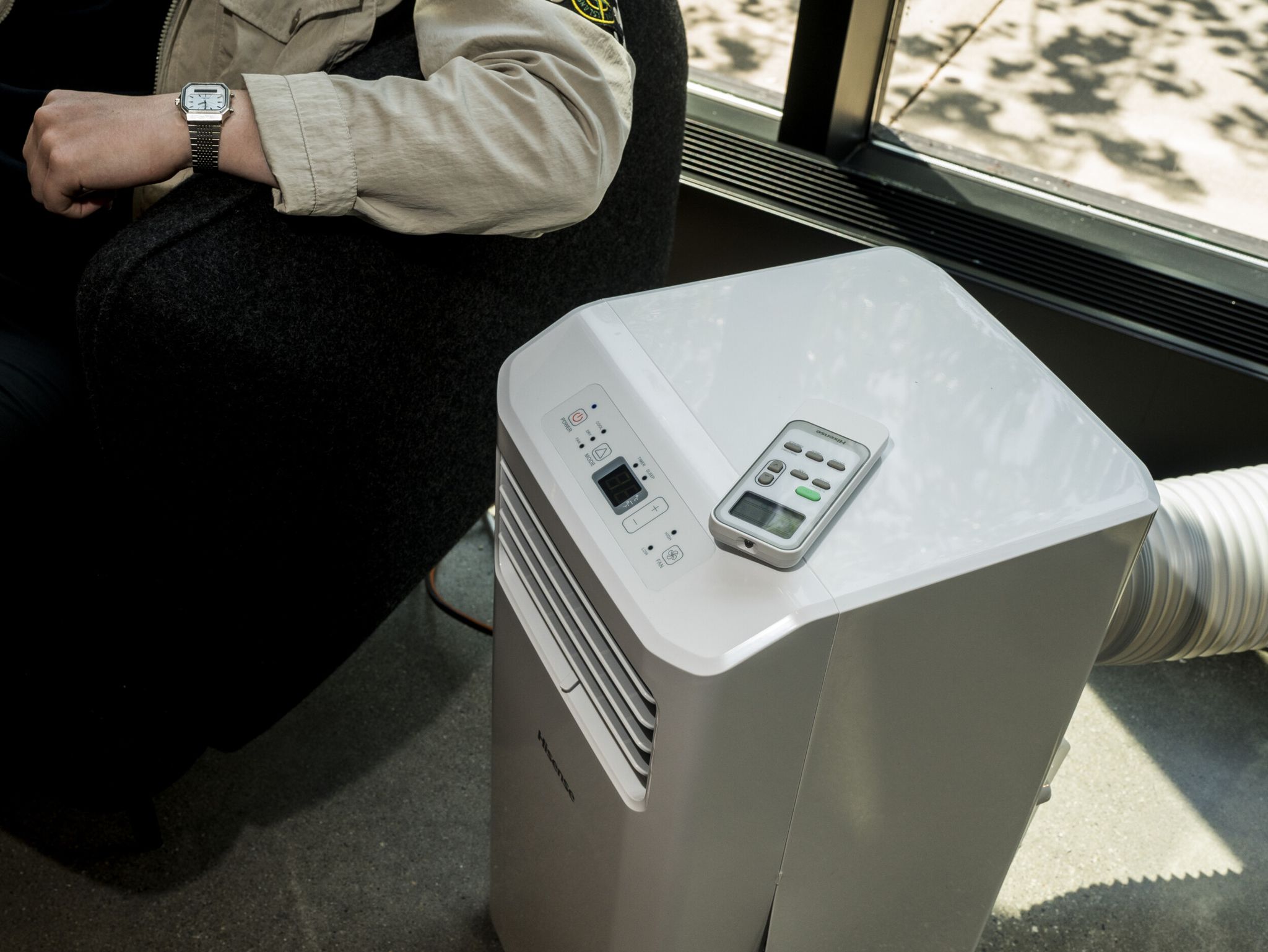
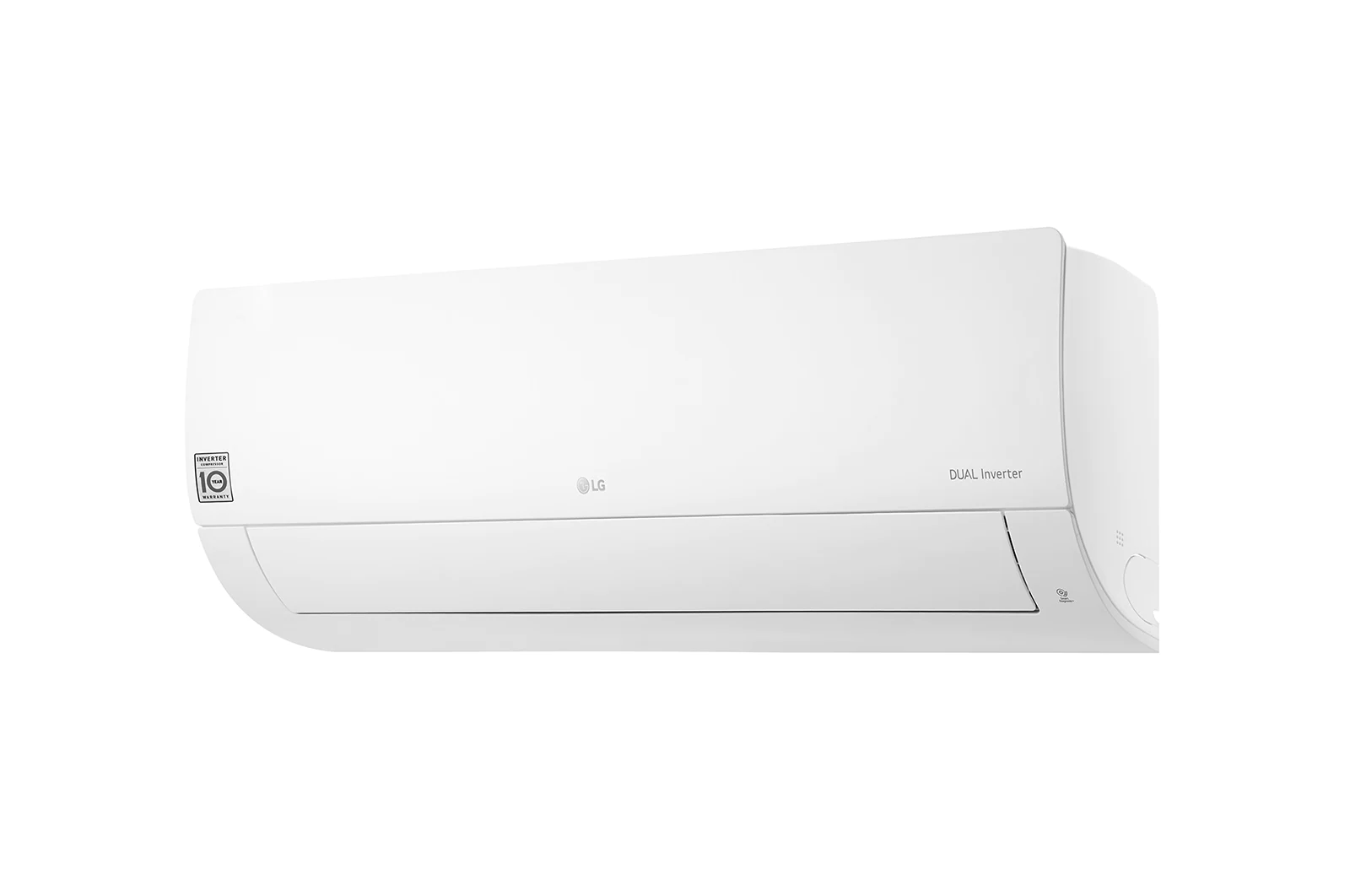
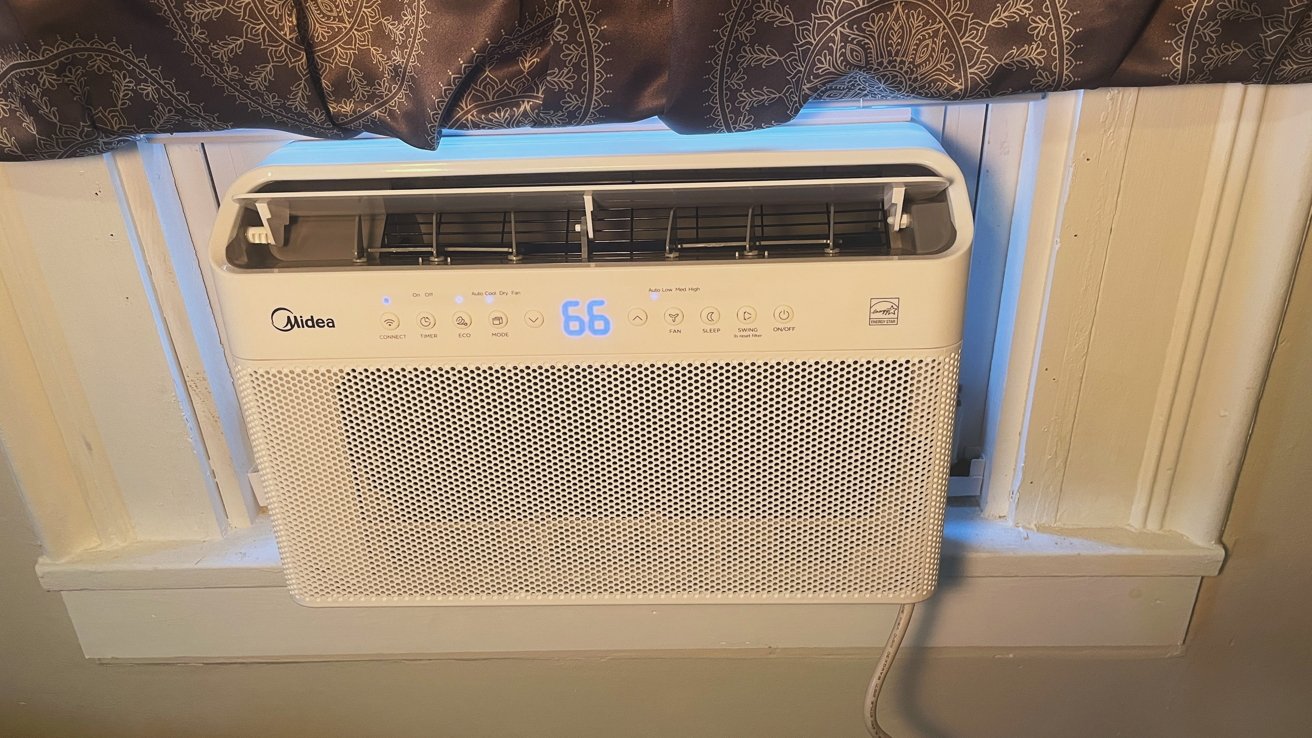
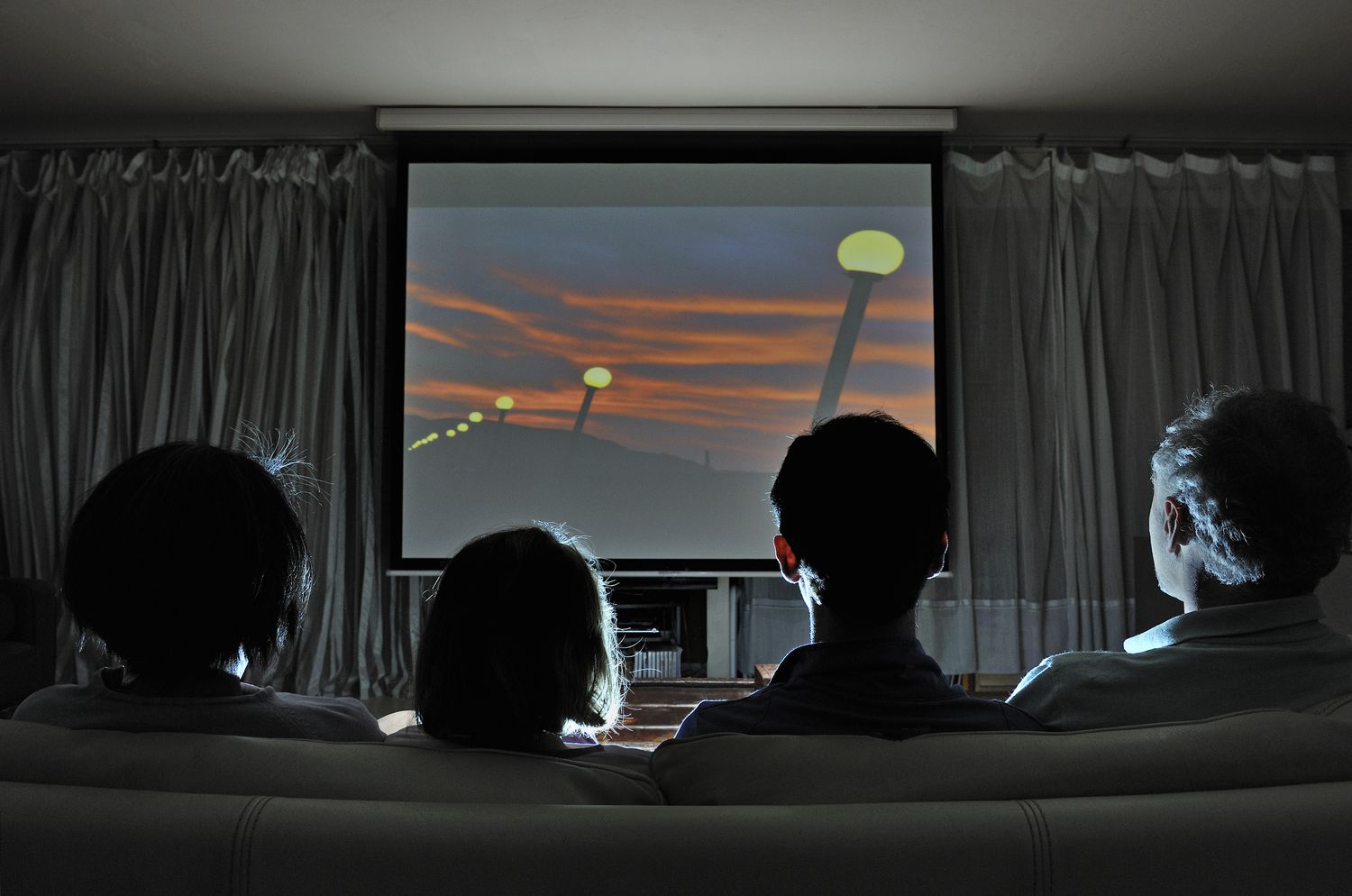
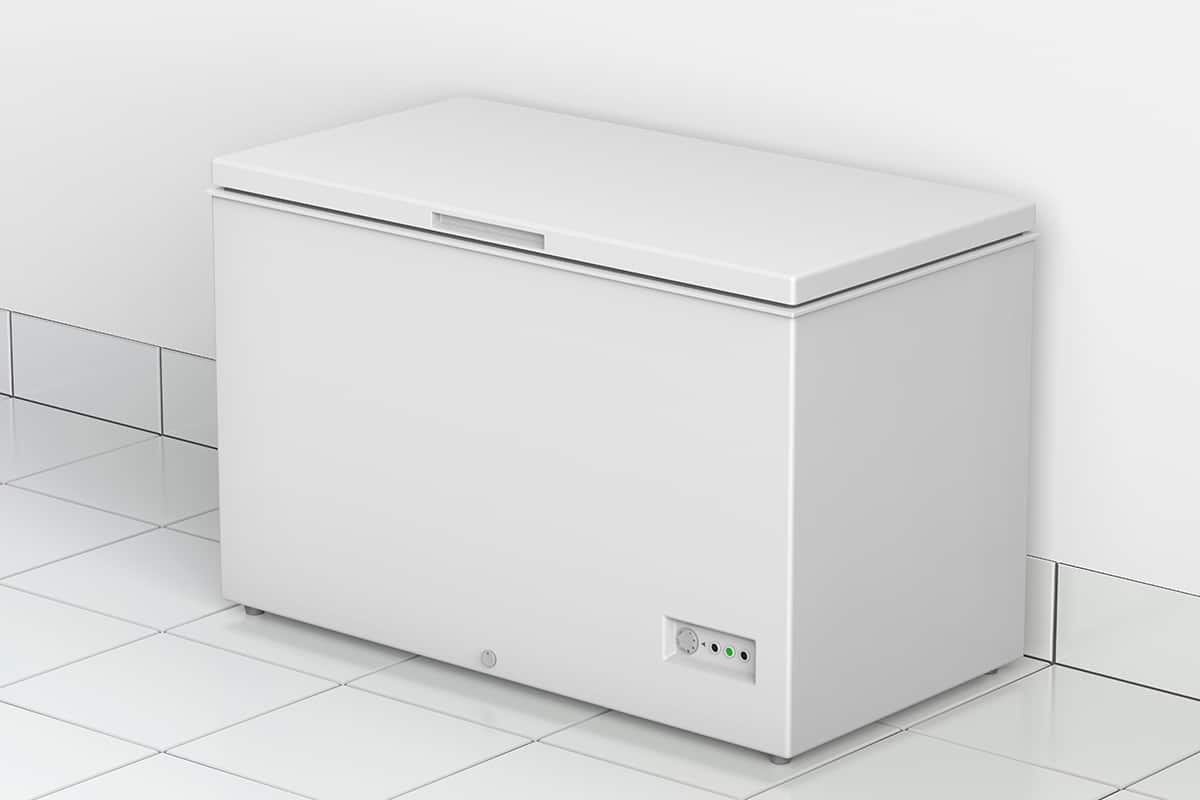
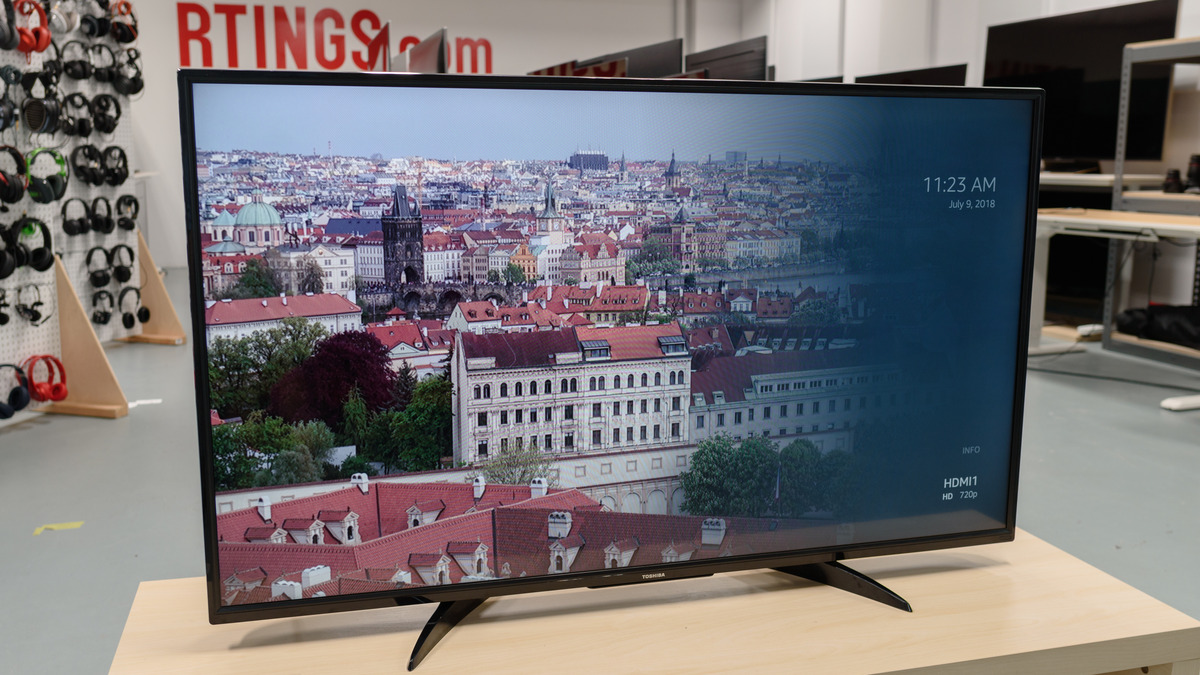
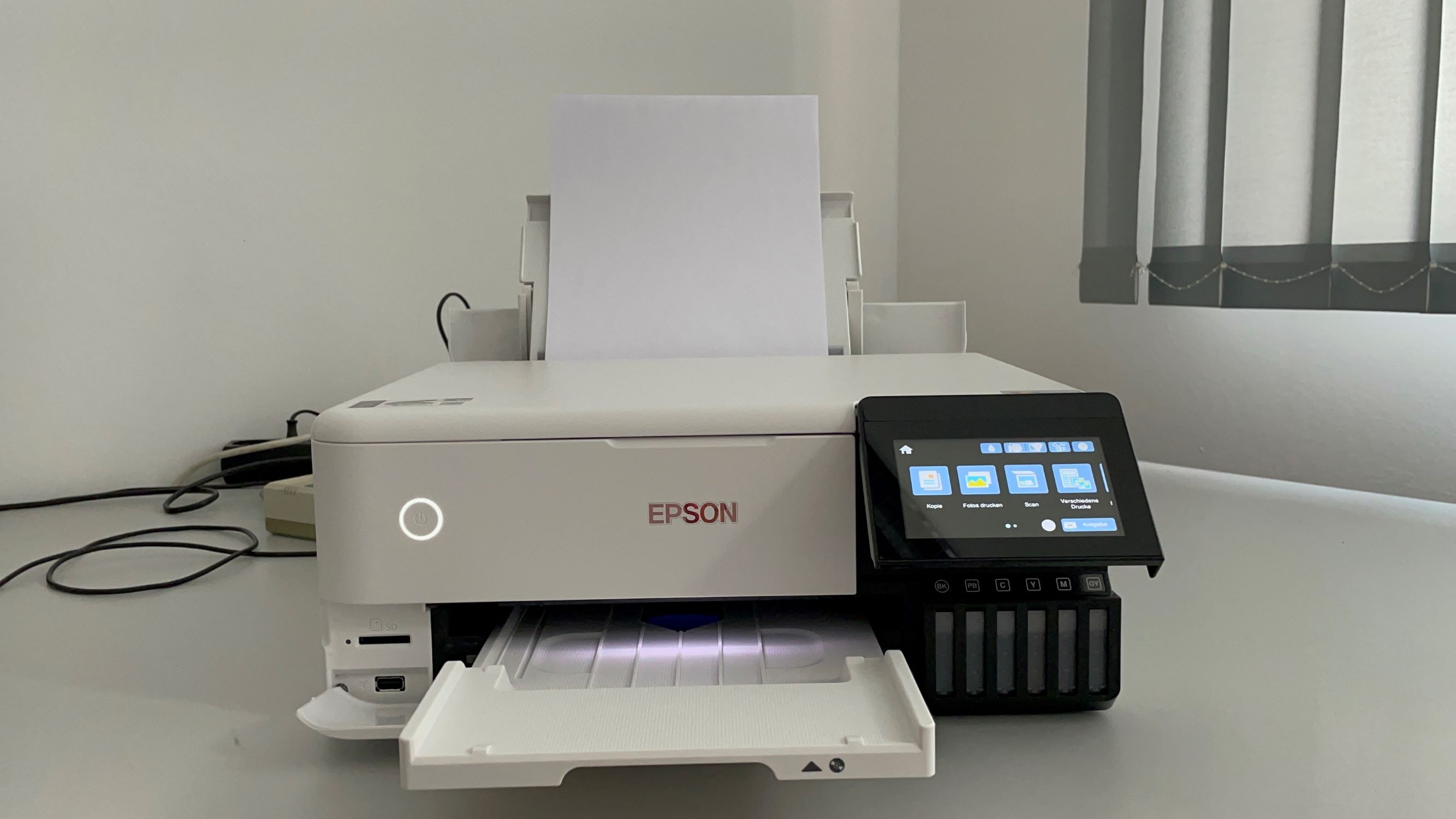
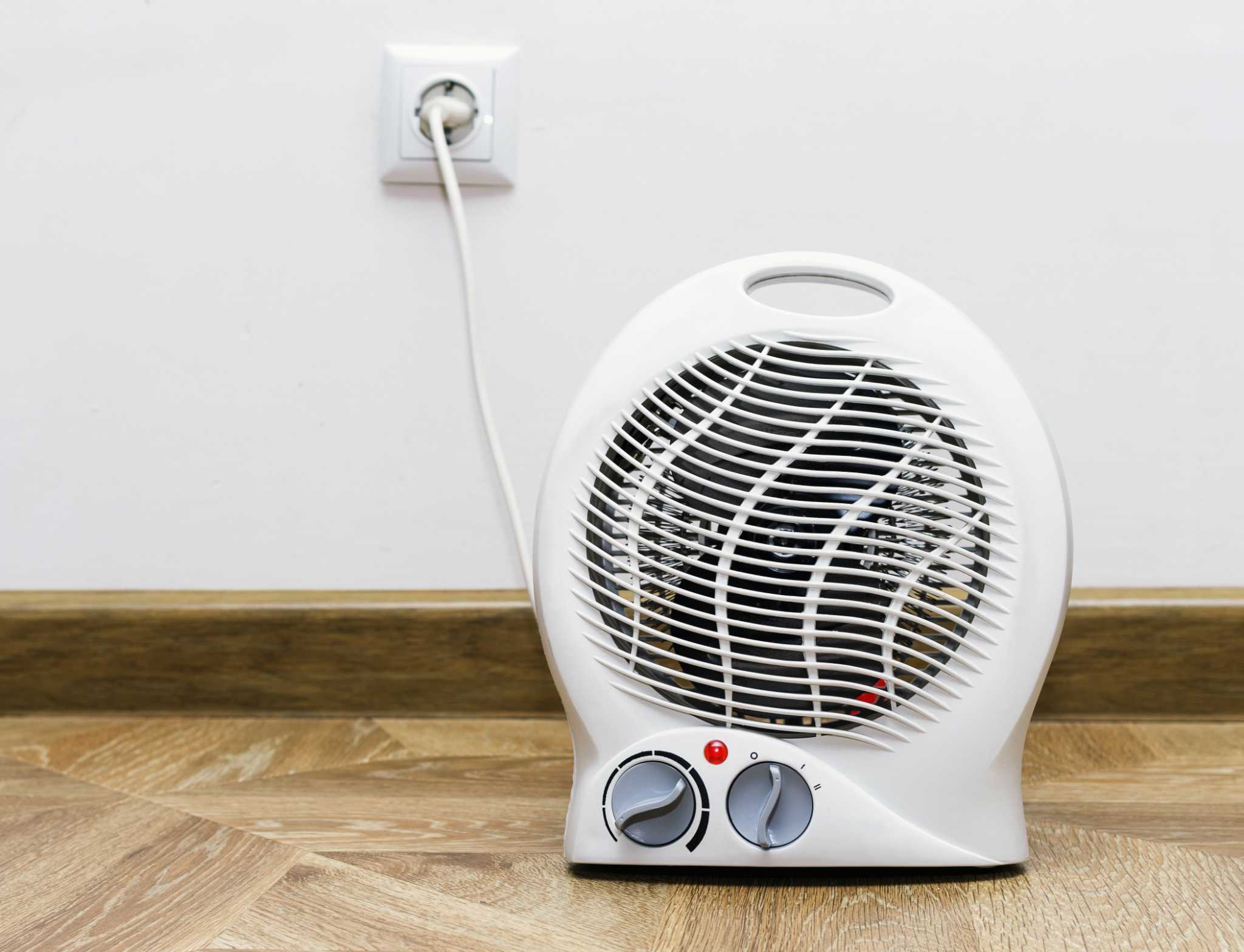


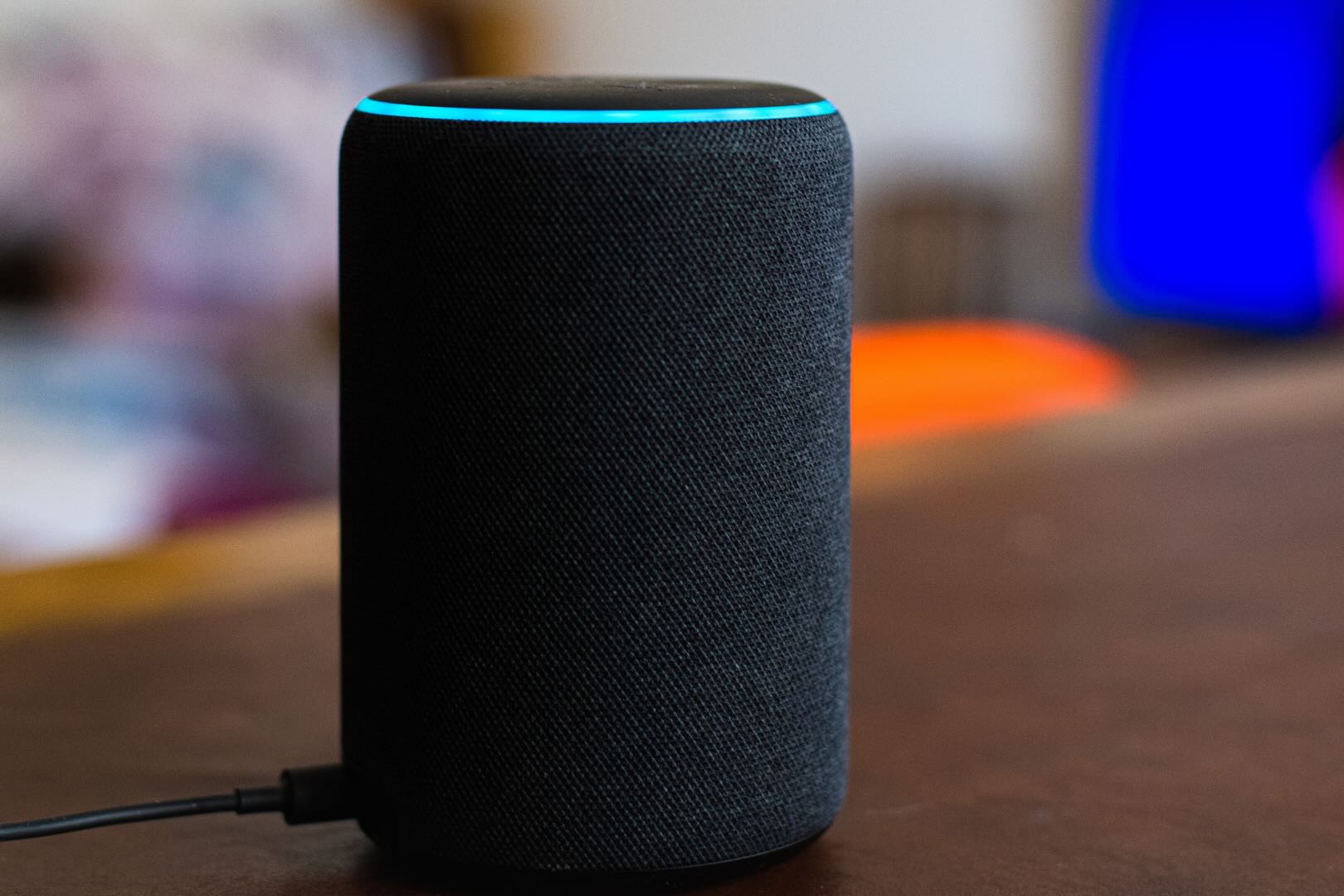
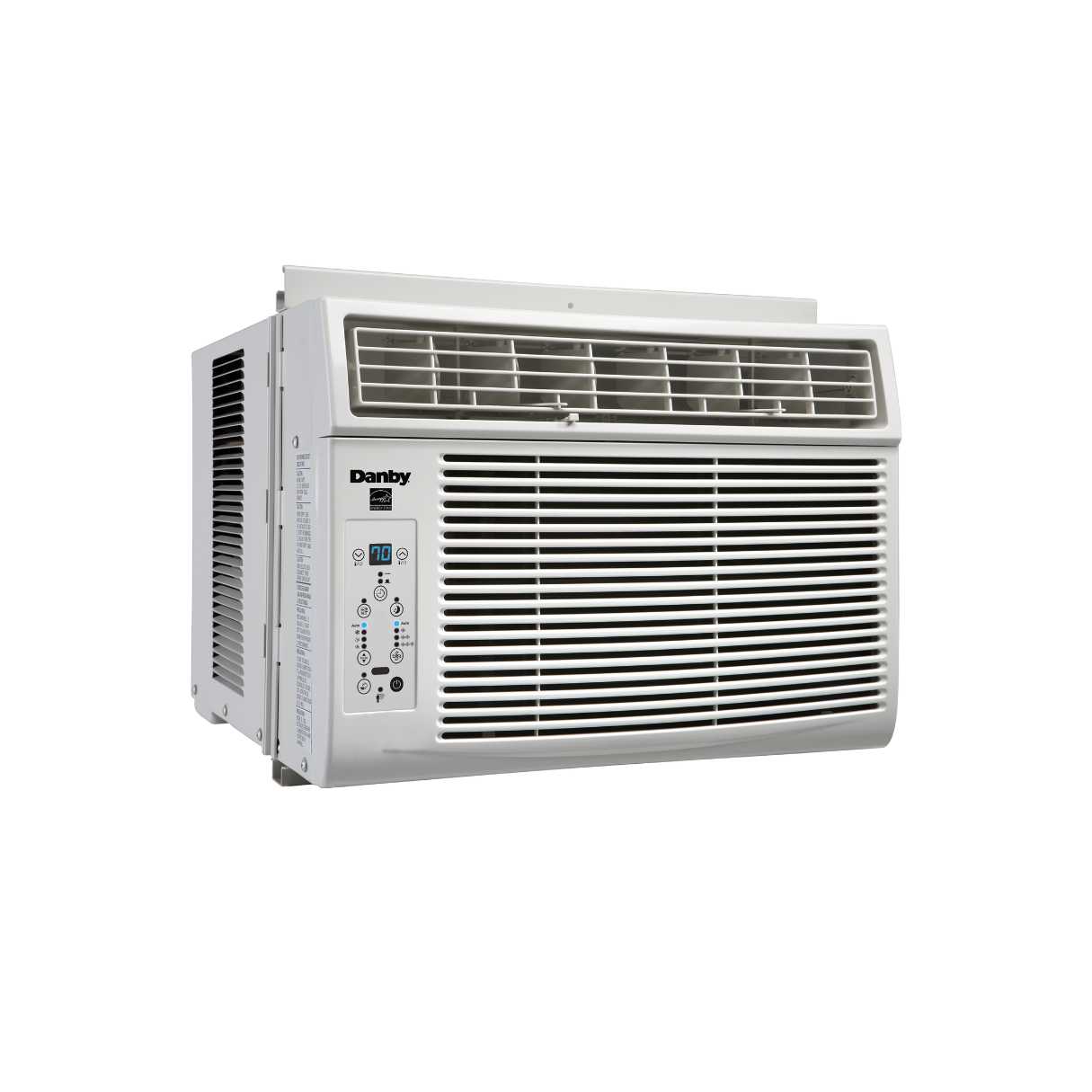
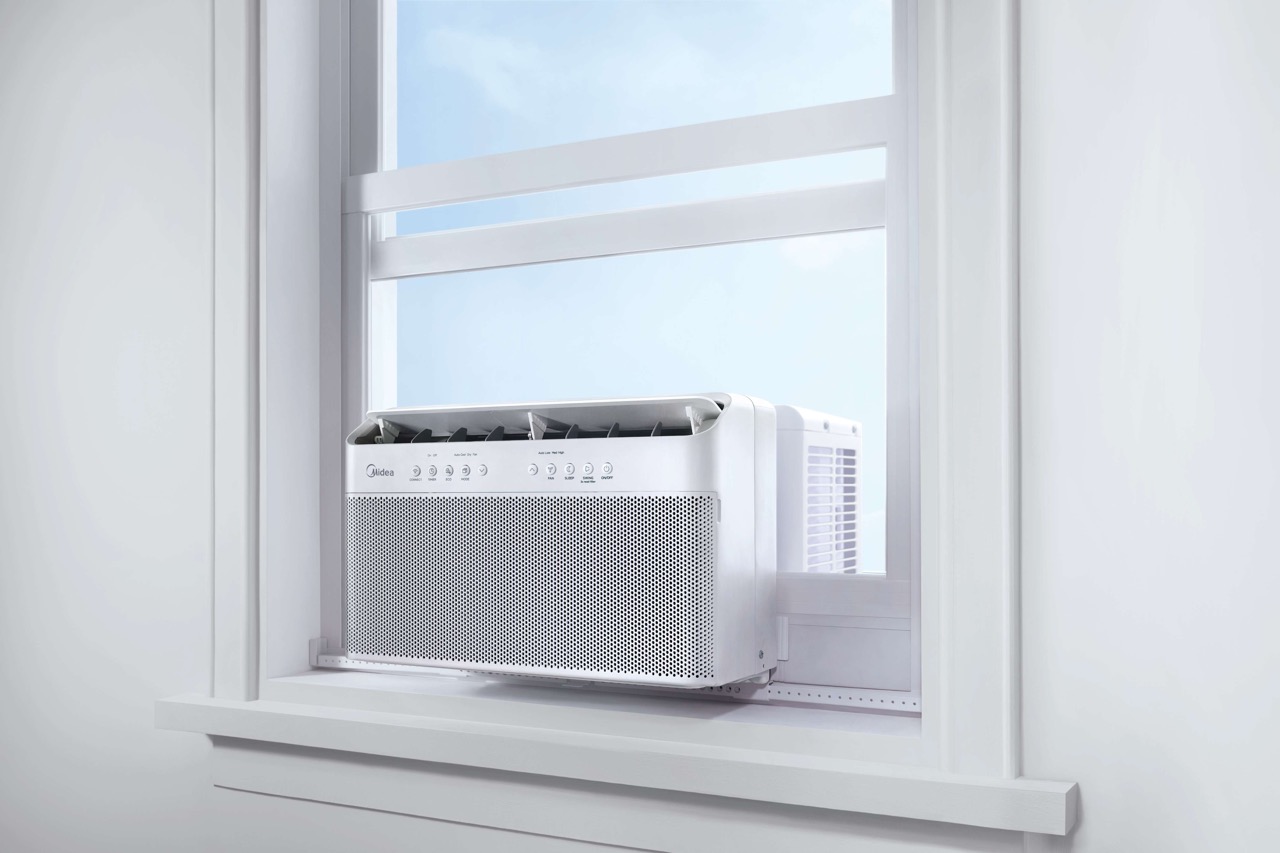
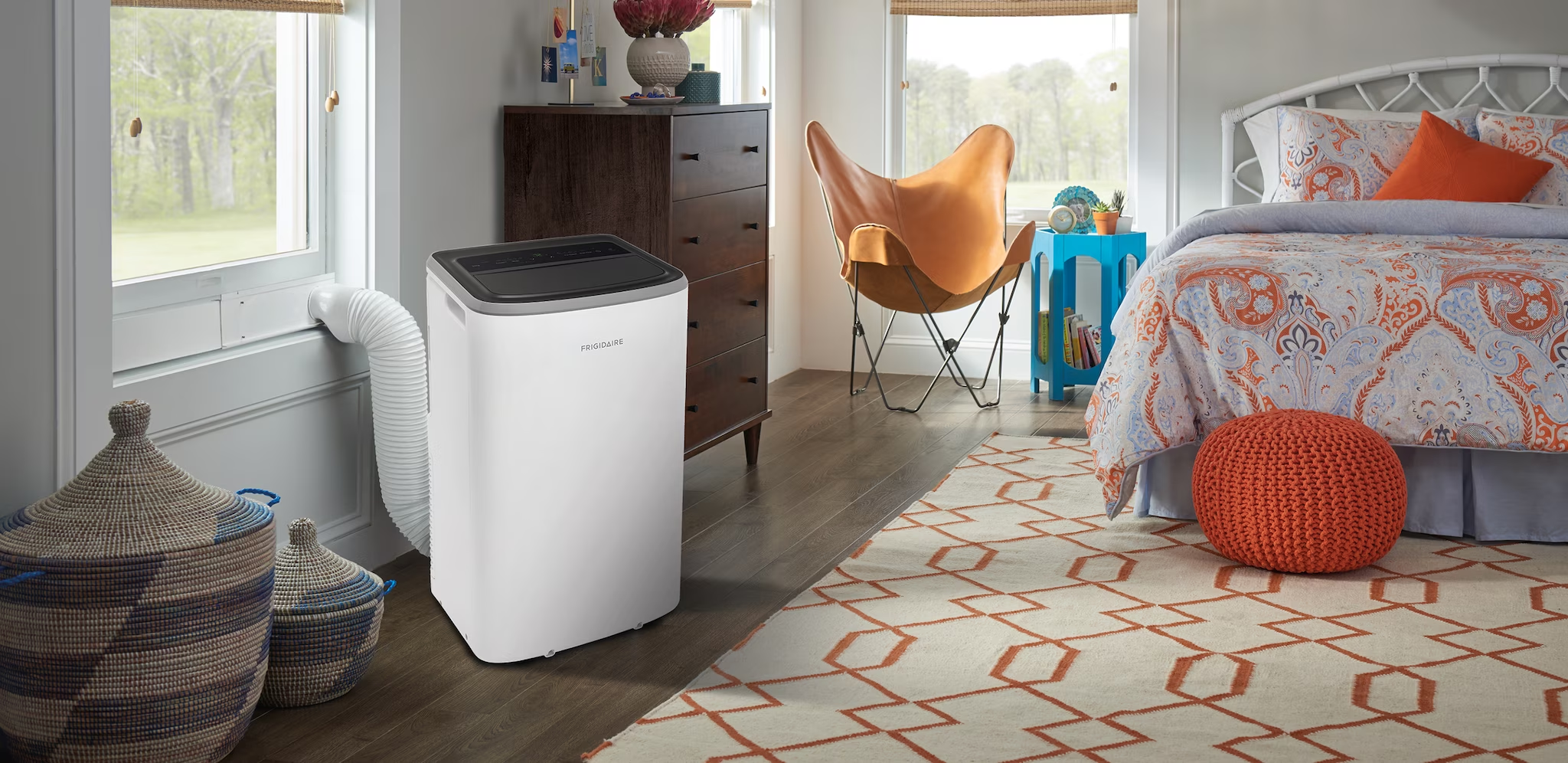

0 thoughts on “How Many Watts Does A Home Theater System Use”